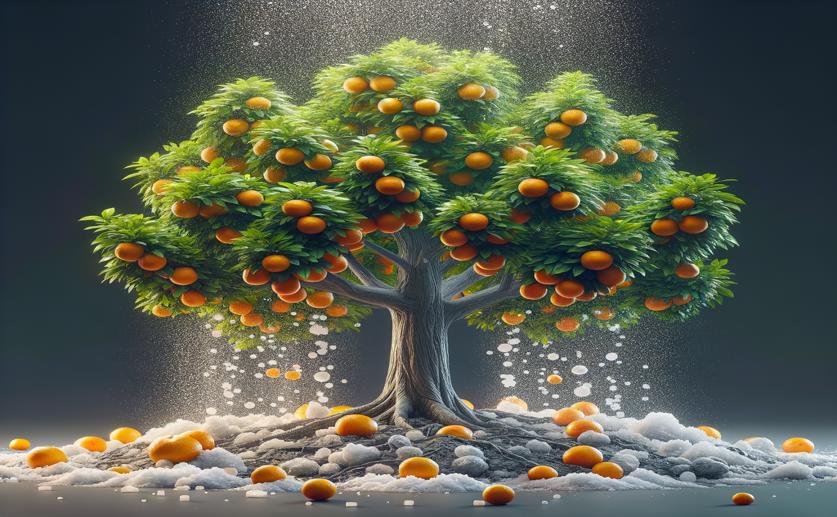
Boosting Orange Tree Health with Chitosan-Selenium Under Salt Stress
Jenn Hoskins
6th August, 2024

Image Source: Natural Science News, 2024
Key Findings
- The study by the University of Jiroft found that salt stress significantly reduces the photosynthetic performance of Valencia orange plants
- Foliar application of chitosan, selenium nanoparticles, and their composite notably mitigates the adverse effects of salt stress on photosynthesis
- The combination of chitosan and selenium nanoparticles was the most effective treatment, significantly improving photosynthetic parameters under salt stress conditions
AgricultureBiochemPlant Science
References
Main Study
1) Improving the performance of the photosynthetic apparatus of Citrus sinensis with the use of chitosan-selenium nanocomposite (CS + Se NPs) under salinity stress
Published 5th August, 2024
https://doi.org/10.1186/s12870-024-05462-1
Related Studies
2) Chitosan-induced enhanced expression and activation of alternative oxidase confer tolerance to salt stress in maize seedlings.
3) Salt Stress Inhibits Photosynthesis and Destroys Chloroplast Structure by Downregulating Chloroplast Development-Related Genes in Robinia pseudoacacia Seedlings.



 29th July, 2024 | Greg Howard
29th July, 2024 | Greg Howard